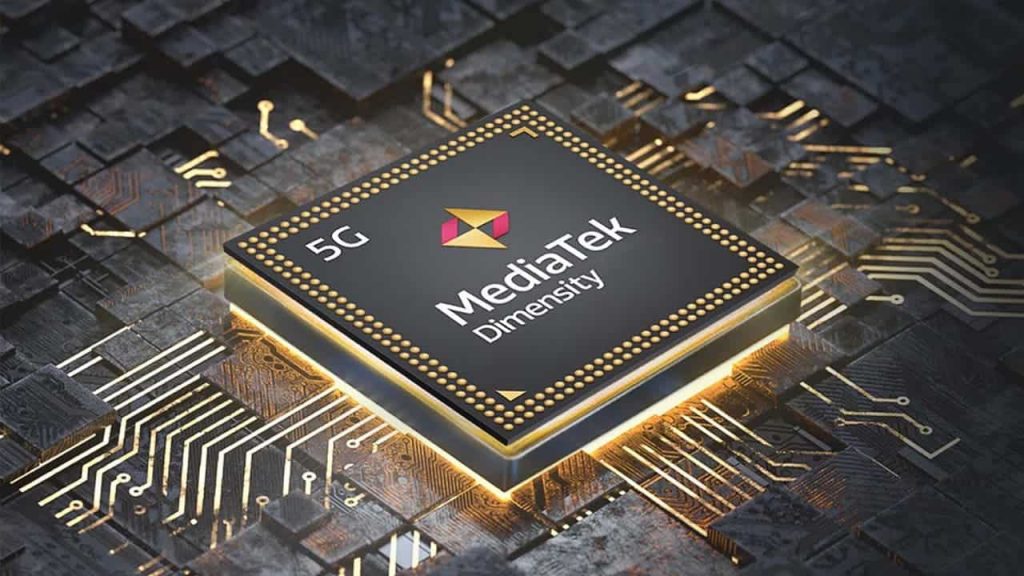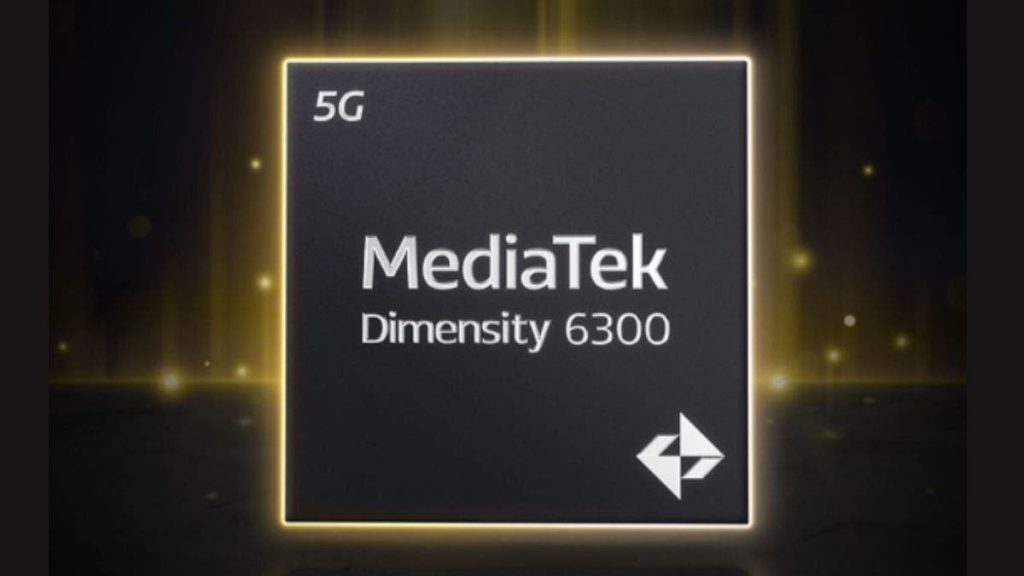Just recently, Qualcomm officially announced the launch timeline of the Snapdragon 8 Gen 3. The top-tier Snapdragon smartphone chipset will debut at the Snapdragon Summit, which is planned to start on October 24. But that’s not the only high-end smartphone SoC we will see this year. We also have the MediaTek Dimensity 9300.
Now, from the official announcement from Qualcomm, one key takeaway is that the high-end Snapdragon will launch earlier than last year. In comparison, the Snapdragon 8 Gen 2 was released back in November 2022. Well, we just got a report that states that the Dimensity 9300 will launch earlier than the Snapdragon 8 Gen 3!
Dimensity 9300 May Set a High Standard by Launching Before Snapdragon 8 Gen 3
Qualcomm has officially put out the word that the Snapdragon 8 Gen 3 will launch in late October. The earlier-than-usual launch of the chipset is likely because Qualcomm wants it to be out as soon as possible. And if it does launch early, it will be the first to set the highest performance standard in the smartphone world.
However, the latest report regarding Dimensity 9300 bears bad news for Qualcomm. This report comes from Digital Chatter, well-known personnel for offering credible information early. According to it, the next-gen chipset from MediaTek will launch before the Snapdragon 8 Gen 3.

That will eventually give the Dimensity 9300 a slight advantage. Digital Chatter did not provide a specific launch date for Dimensity 9300. But the “earlier launch than Snapdragon 8 Gen 3” suggests that it launch before October 24. After all, that’s the date for the upcoming Snapdragon Summit.
What This Slight Advantage Could Mean
Even if MediaTek Dimensity 9300 has the early launch advantage, it will only play a small part in its success. It will become much clearer if you look at one of the previous launch timelines.
Gizchina News of the week
The Dimensity 9000 was unveiled earlier than the Snapdragon 8 Gen 1. However, MediaTek could not take the lead due to not being able to quickly mass-produce the chipset. As a result, the Qualcomm Snapdragon 8 Gen 1 took the topmost position without facing too many difficulties.
But the case is a little different for the Snapdragon 8 Gen 3 and Dimensity 9300. Both the SoCs will be mass-produced on the 4nm N4P process of TSMC. So, whoever gets the shipment first will gain the upper hand over the other.

However, even if MediaTek gets its batch first, you can not just forget Qualcomm’s reputation in the market. After all, most of the notable brands, such as Samsung, opt for Qualcomm’s SoCs for their flagship devices. Dimensity chipsets, on the other hand, are more prominent in mid to lower-high-end devices.
Expected Performance of Dimensity 9300
With the Dimensity 9300, MediaTek may make a leap in terms of performance. After all, it will be mass-produced in the N4P process of TSMC. This eventually sends a signal to the major phone brands to re-evaluate their partnership with Qualcomm. Currently, MediaTek is testing a configuration with four high-performance Cortex X4 cores.

That is, the current test Dimnesity 9300 chipset has four high-performance Cortex X4 cores. In comparison, the Snapdragon 8 Gen 3 will likely feature only one Cortex X4 core. So, if MediaTek sticks with the ‘4+4’ configuration, it will have the upper hand over the Snapdragon 8 Gen 3.
But it’s too early to jump to conclusions. After all, we did not hear anything from MediaTek about the final configuration of Dimensity 9300. So, take all the information with a good amount of salt. And as always, we will get you updated if we get more credible news about the chipsets before they launch.
Via: gizchina.com









